Our 2023 gravel bike tech trend predictions: More of the same or a radical new direction for drop-bar off-roading?
We look into gravel's crystal ball and see more race-ready rigs as well as affordable electronic shifting and wider tires

The popularity of all things gravel continued unabated in 2022, with a host of new bikes released from all of the big guns, as well as plenty of associated tech and clothing too. The growing specialisation found within gravel riding was reflected in much of this gear, with it becoming more segmented, tuned for the specific needs of gravel racers and gravel adventurers.
We saw the best gravel bikes get lighter and more aerodynamically enhanced. We also witnessed them getting burlier, with huge tyre clearances and integrated suspension.
So what’s in store for the new year ahead? Discipline-specific bikes and gear will persist as the gravel categories continue to mature and become more nuanced – but will this be to the detriment of the good ol’ fashioned all-rounder?
Here are our predictions for gravel tech trends in 2023…
More suspension

With an increasing number of gravel bikes being designed to handle extreme off-road conditions, as well as multi-day off-grid bikepacking jaunts, it was little surprise that mountain bike inspired suspension gained a solid foothold.
Specialized debuted its Future Shock front suspension as far back as 2017 on the all-road Roubaix, while SRAM released its Rudy Ultimate XPLR fork in late 2021, so this trend is nothing particularly new – we’ve also seen the development of suspension stems and seatposts for the gravel sector, with varying approaches taken, from Canyon’s leaf-spring VCLS post to RockShox’s suspension dropper, that was released as part of SRAM’s aforementioned XPLR line-up.
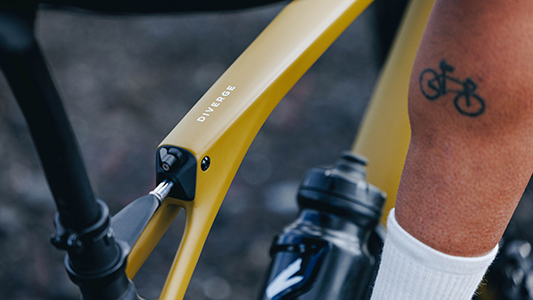
However, the end of this year saw perhaps the most significant development in the shape of Specialized’s rear Future Shock, which accompanied the release of its Diverge STR gravel bike. It features 30mm of travel built into the seat post which is controlled by a damper in the top tube - the idea being that the system only works when a rider is seated, meaning that out of the saddle efforts aren’t accompanied by a spongy ride that wastes energy (typically an issue with suspension forks).
Get The Leadout Newsletter
The latest race content, interviews, features, reviews and expert buying guides, direct to your inbox!
Given that many gravel routes take in a variety of terrain, including a few stints on the road, the need for efficient suspension is real. We expect that more brands will join Specialized in creating gravel bikes with integrated suspension designed to help smooth out the ride and reduce fatigue, without having to resort to suspension forks that add weight and only make sense for gravel riders who spend the majority of their time tackling harsh and technical terrain previously reserved for mountain bikes.
The need for speed
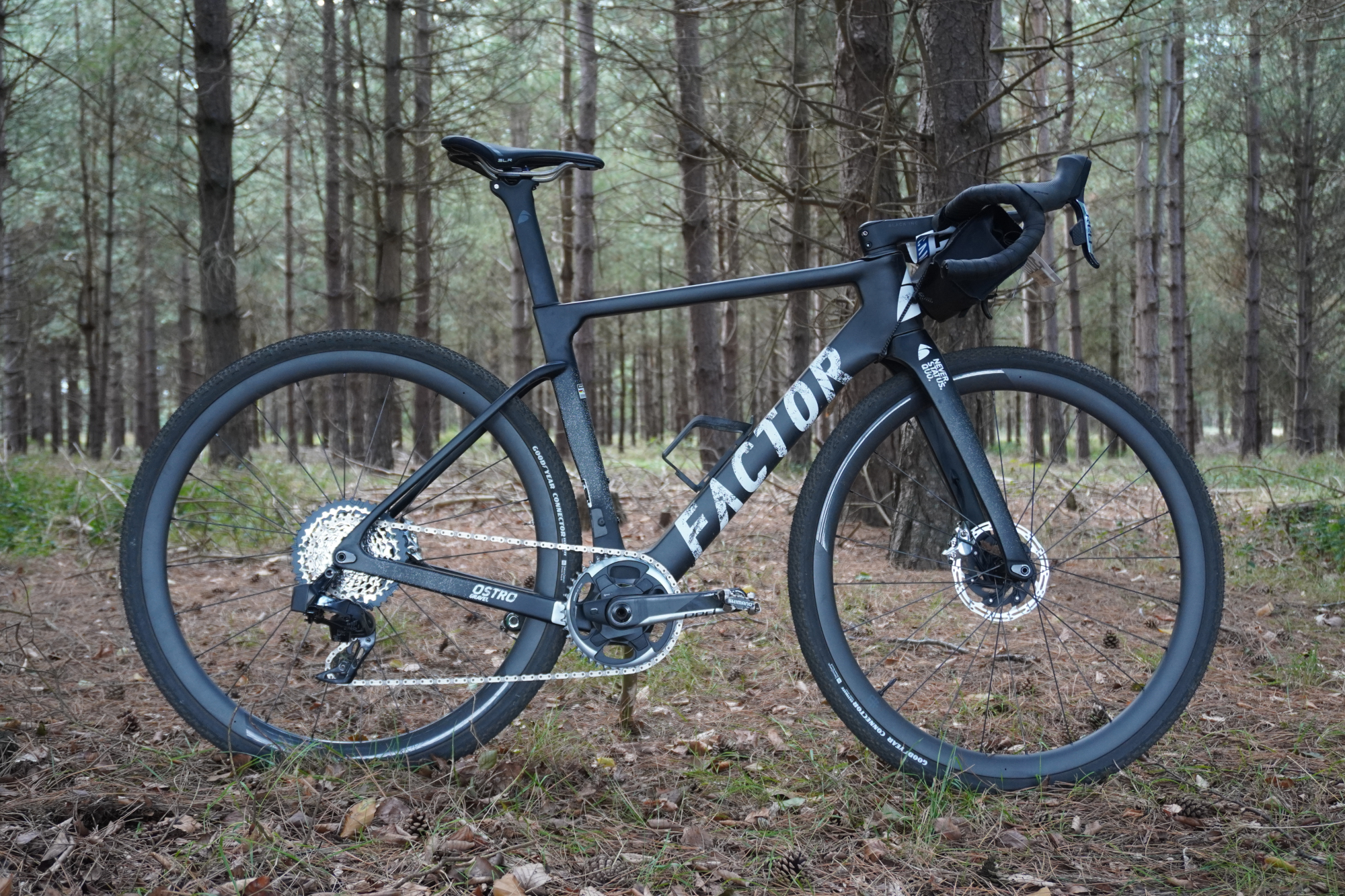
Gravel racing’s growth has mirrored that of the gravel category as a whole. It continues to go from strength to strength, with a slew of ex-WorldTour pros now dedicating their time to gravel events around the globe, including in 2022 the first UCI sanctioned Gravel World Championships.
The greater exposure and growing prize funds only serve to make gravel racing more competitive. Which means the makers of gravel tech are being charged with creating gear that’ll see riders go faster than ever before.
We saw a number of out-and-out gravel race bikes released in 2022, including Factor’s OSTRO Gravel and an updated Aspero from Cervelo. Both place a focus on speed and are built around a lightweight carbon frame with aero tube shapes.
Expect to see more of the same in 2023, with brands taking tech used on their road race bikes and applying it to their gravel equivalent. As well as gravel race framesets, look for more accompanying components, too, such as gravel specific integrated cockpits, which hide cables and hoses and help to improve a bike’s aerodynamics.
A shift in gears?
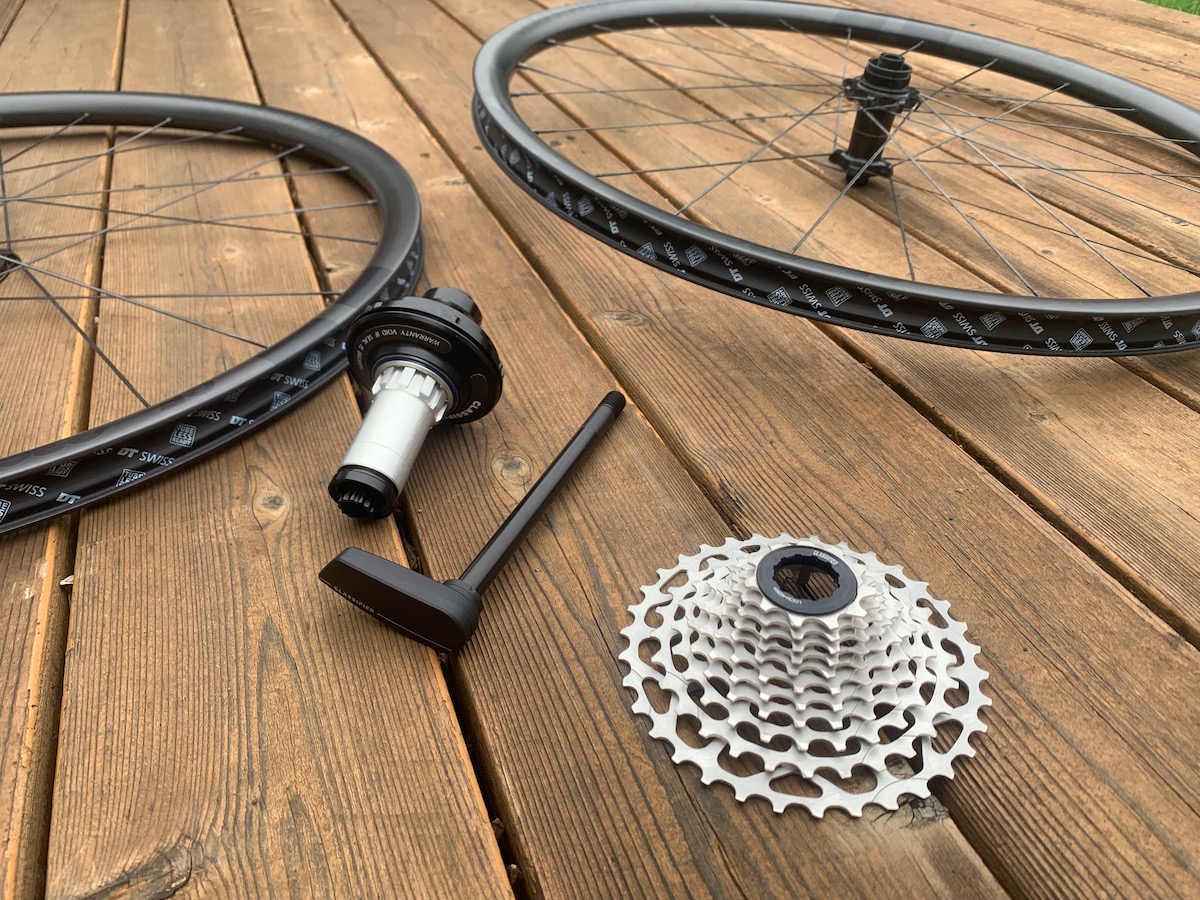
Since the emergence of the gravel bike sector the question of gearing has been front and centre. As bikes designed to tackle a range of terrain, how do you settle on the right drivetrain and gearing range?
A 1x set-up is simpler, with less to go wrong, but can mean a considerable jump between gears if you are to achieve a sufficient range. Opting for a double chainset is likely to result in gearing more appropriate for both on and off-road riding but brings into play the fallible nature of a front mech when hit with mud, sand and rocks, not to mention the issues of shifting while under load.
Classified’s Powershift technology sought to solve the issue of removing the front mech while still offering a sufficient gear range. The wireless system that’s housed in the rear hub is also designed to allow the rider to shift no matter the torque applied. It all adds up to a piece of tech that seems tailor made for the rigours of gravel riding, albeit an expensive one.
With investors including Tom Boonen and a recent injection of cash to the tune of $23 million by the Active Partners group, the Belgian based company will enter 2023 with plenty of momentum. We expect to see more gravel bikes offered with the Classified hub in 2023; in recent days we’ve seen the launch of Ridley’s all-new, all-road Grifn that includes an option equipped with a Shimano GRX Di2 1x groupset and a Classified hub.
Wider tyres still?
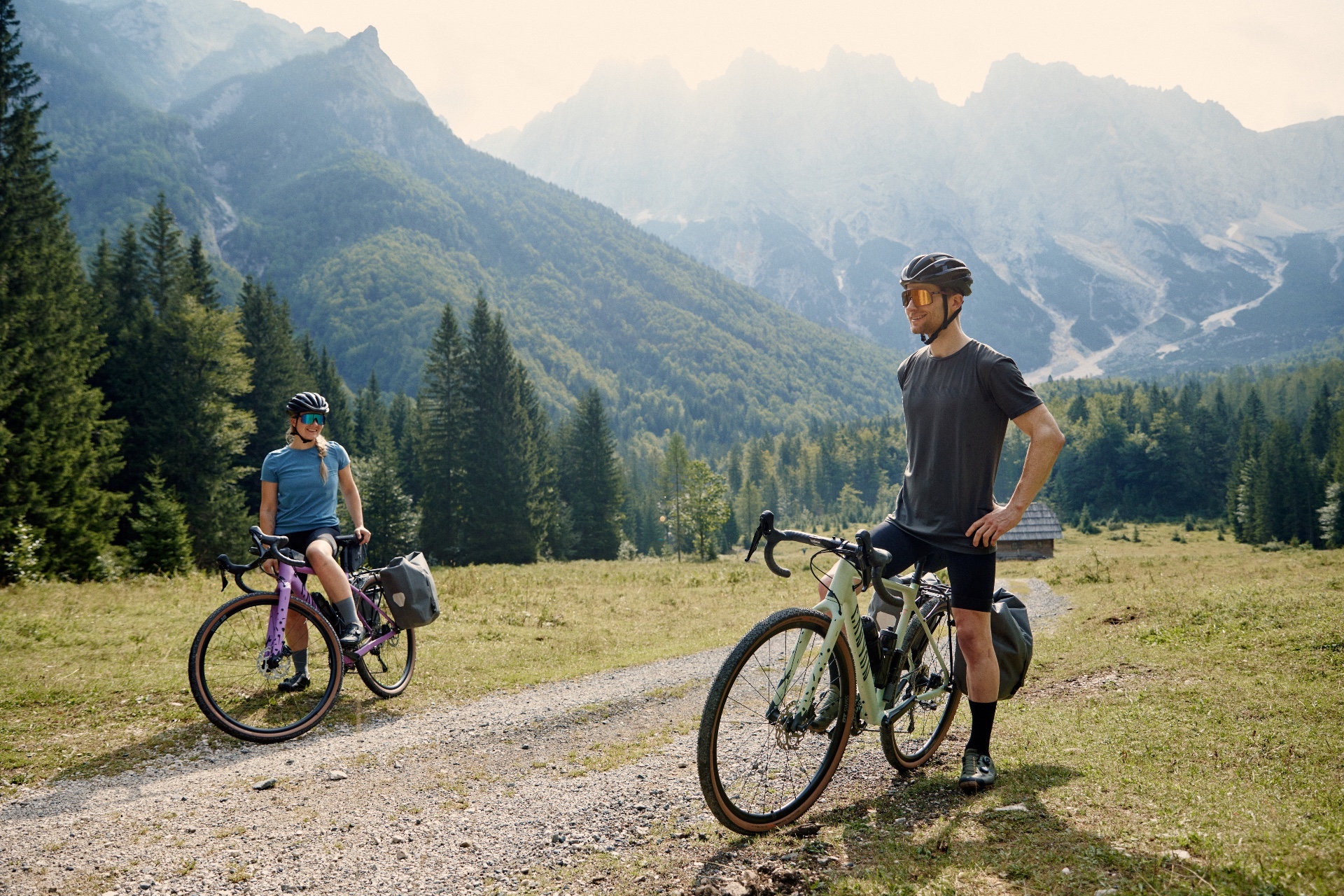
When you think of gravel bikes, the ability to run wider tires immediately comes to mind. In the last few years this has been a continuing trend, resulting in the release of the Canyon Grizl, which can handle tires as wide as 700x50mm.
While smaller brands were early adopters of super wide tires, the Grizl was a significant marker among the big brands and we expect to see more mainstream marques continue to follow suit in 2023.
That said, have we reached the limit in tyre width for gravel bikes? Or will Jules de Cock’s custom beach racer, built around a Canyon Exceed XC hardtail frame but equipped with drop bars and 64mm (measured) Schwalbe G-One Speed tires inspire brands to create gravel bikes with yet more clearance, enabling them to tackle any terrain that comes their way?
When it comes to bike tech, there’s often a yin to the yang, so it would make sense that while brands continue to develop slick gravel race rigs they also offer some counter balance with bikes designed for those with the gnarliest of requirements.
Entry level eTap?
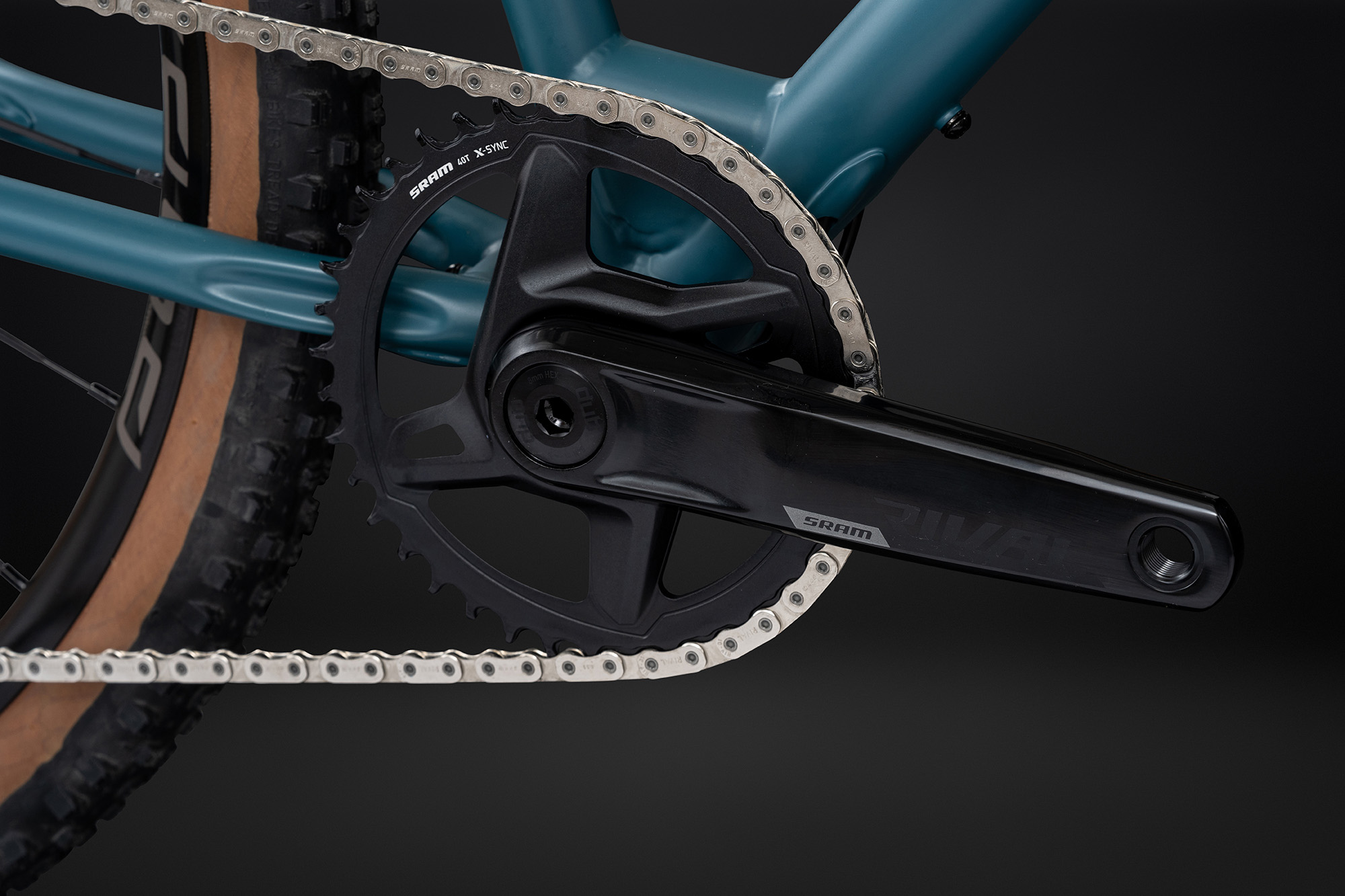
SRAM were earlier adopters of 1x groupset and its entry level SRAM Apex 1 was featured on many early gravel bikes. As a groupset it offers gravel riders plenty; a clutch rear mech, hydraulic disc brakes and fuss-free shifting at a competitive price, meaning replacement components don’t cost the earth either.
The US brand has been equally enthusiastic about electronic shifting, with its wireless eTap AXS tech offered across the range…except for Apex.
Given that more and more gravel bikes are coming equipped with electronic shifting it would make sense for SRAM to extend its wireless line-up to include Apex 1, and it’s something we fully expect to see in 2023.
The benefits are numerous. Brands will be able to offer electronic shifting on complete gravel bikes at price points previously unachievable with either Rival 1 or Shimano GRX Di2 groupsets. Existing users of SRAM eTap AXS will be able to replace parts without breaking the bank, given that an integral component of the system is the interchangeability of parts from different tiers of the range. Damage a rear mech on your Force 1-equipped gravel bike? Replace it with an Apex 1 derailleur instead.
That all-rounder we mentioned
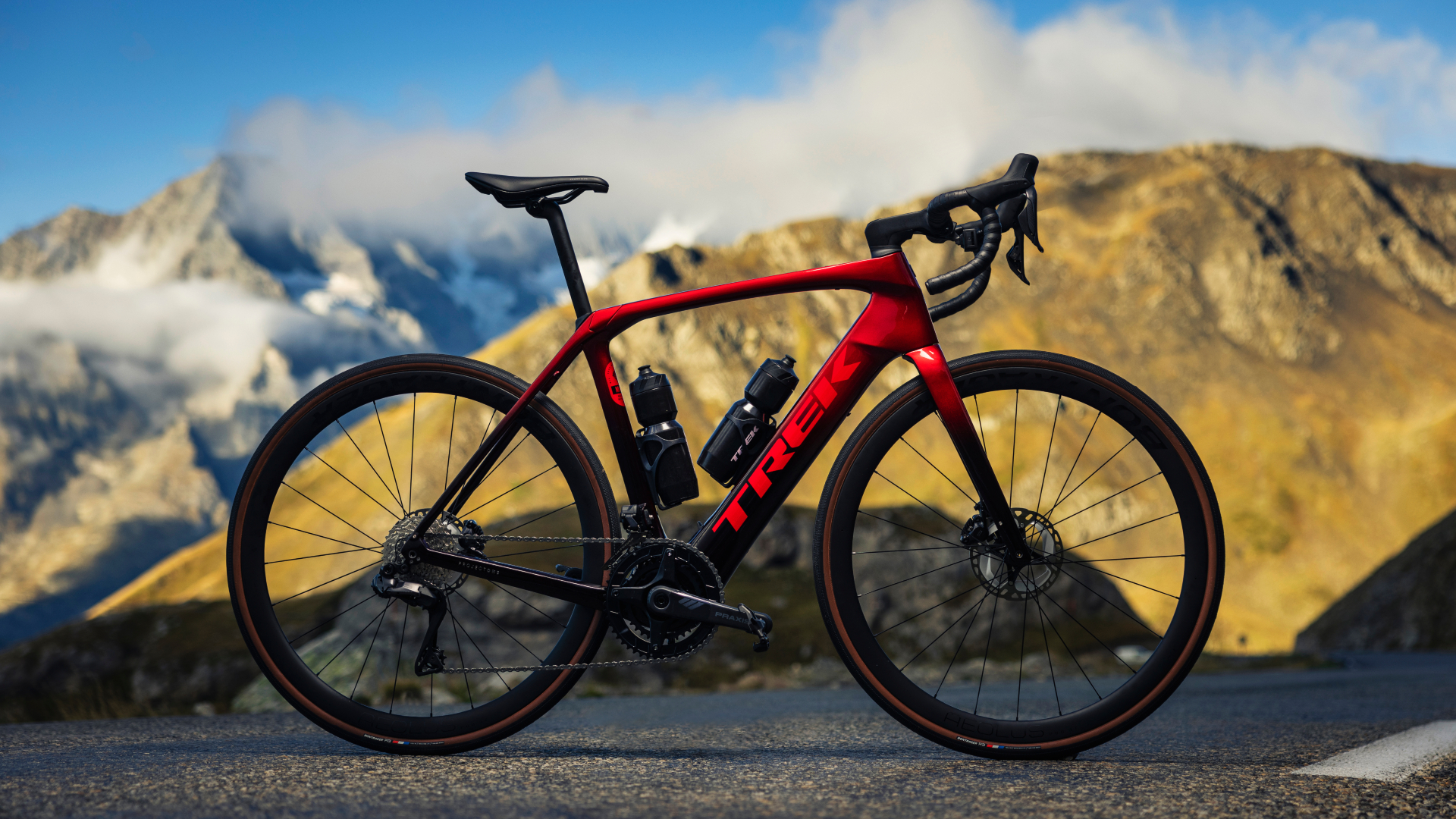
In gravel’s early days, confusion reigned. Searching for a drop bar bike to handle off-road riding threw up a curious mix, from road bikes with knobbly tyres to monster cross machines. But no more.
Gravel riders have certainly benefited from the specialization that’s happened over the last few years. It’s now far easier to find the right bike for your needs as well as supporting kit, whether that’s a featherweight superbike like Specialized’s Crux or a burly offering like the aforementioned Grizl.
But where does this leave the all-rounder? After all, the appeal of a gravel bike for some was its ability to handle a broad spectrum of riding, especially relevant if you can only afford to own one bicycle.
You could argue that the all-road category has this covered. A bike like the Trek Domane has clearance for 38mm tires, built in compliance and neat extras like integrated storage - in essence, ideal for a spot of light gravel among other things.
You could also argue that any of the bikes mentioned could handle an alternative life - and you’d be right. You can strap bags to the Crux and head off into the wilderness. Equally you could enter a gravel race on the Grizl armed with the correct tires. But neither would be in their element.
Will 2023 be the year that the gravel all-rounder rises to the fore? We’ll have to see although Ridley’s approach with the brand new Grifn (and the Domane of course) is perhaps the more likely blueprint for other brands to follow for those looking for one bike to do it all.

Thank you for reading 20 articles this month* Join now for unlimited access
Enjoy your first month for just £1 / $1 / €1
*Read 5 free articles per month without a subscription

Join now for unlimited access
Try first month for just £1 / $1 / €1
Luke Friend has worked as a writer, editor and copywriter for twenty five years. Across books, magazines and websites, he's covered a broad range of topics for a range of clients including Major League Baseball, the National Trust and the NHS. He has an MA in Professional Writing from Falmouth University and is a qualified bicycle mechanic. He has been a cycling enthusiast from an early age, partly due to watching the Tour de France on TV. He's a keen follower of bike racing to this day as well as a regular road and gravel rider.
-
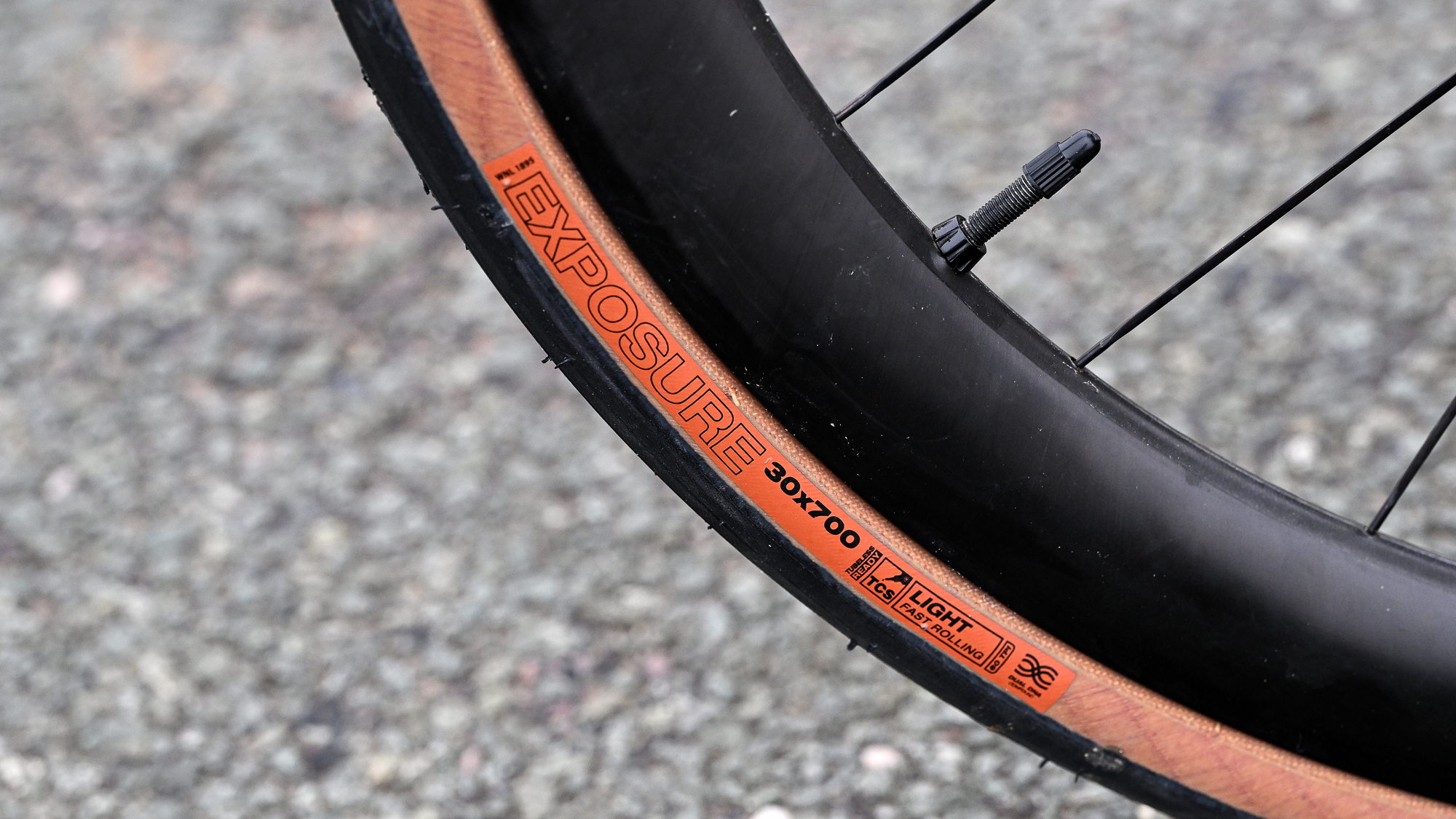 WTB Exposure TCS - a 'fast adventure road tyre'
WTB Exposure TCS - a 'fast adventure road tyre'The WTB Exposure TCS tyre offers an enticing combination of comfort, speed and durability aimed at pretty much everyone except racers
By Tim Russon Published
-
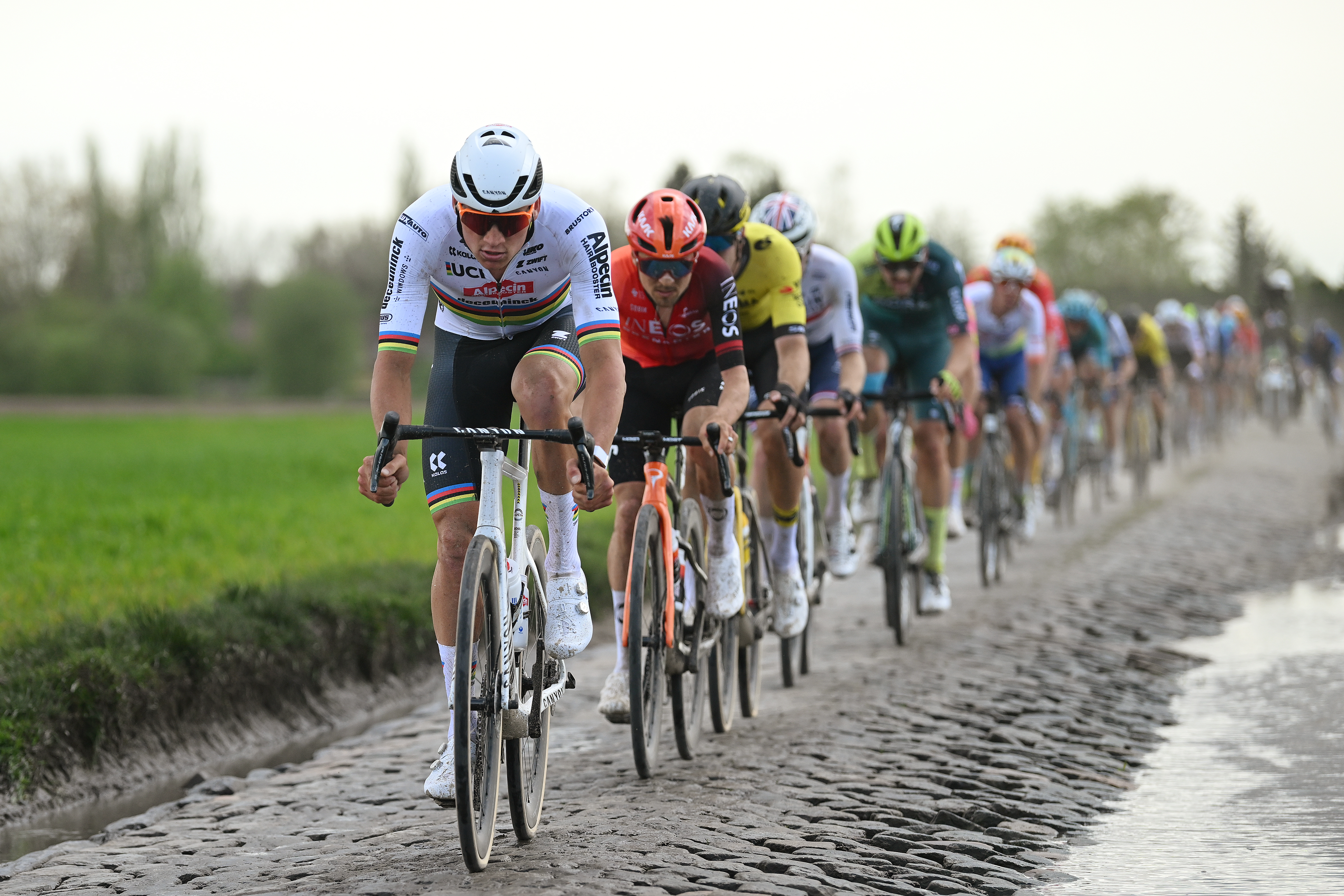 Tadej Pogačar's historic debut, Lotte Kopecky at the double and a new Arenberg diversion: Everything you need to know about Paris-Roubaix and Paris-Roubaix Femmes
Tadej Pogačar's historic debut, Lotte Kopecky at the double and a new Arenberg diversion: Everything you need to know about Paris-Roubaix and Paris-Roubaix FemmesThe Hell of the North happens this weekend - here's how to watch, who to watch, and what to watch out for
By Adam Becket Published